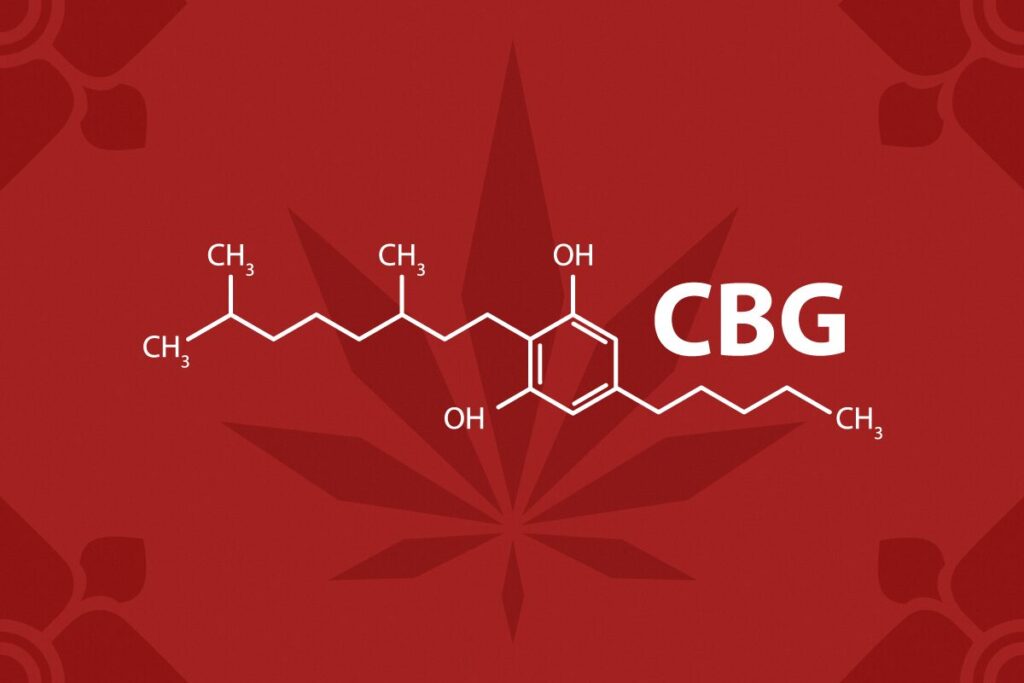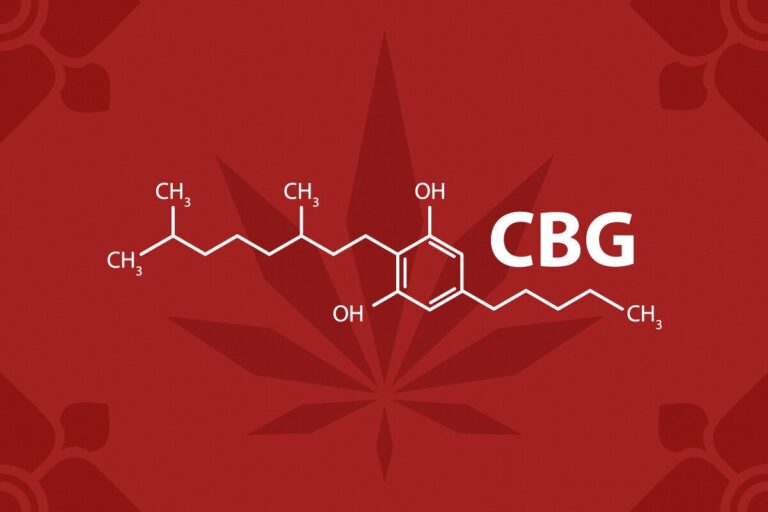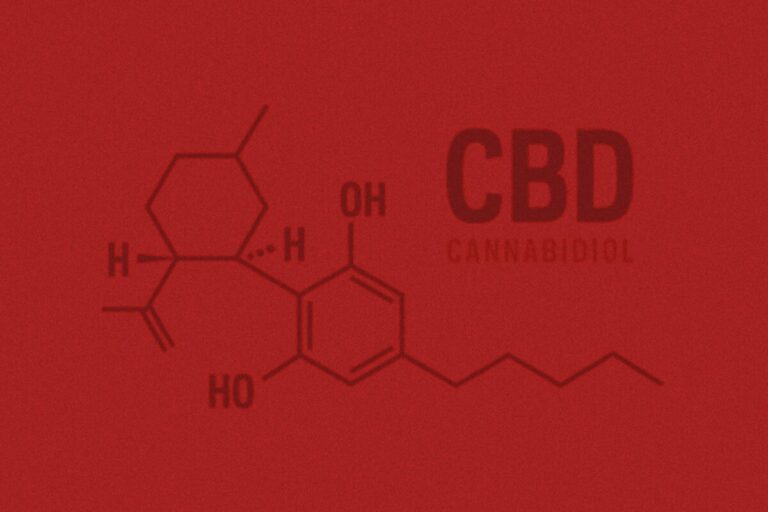Did you know that before CBD and THC were created, they both were once CBG? Let’s dive into what is CBG..
Apart from the two most popular cannabinoids THC and CBD, cannabis also produces another important cannabinoid called CBG. This minor cannabinoid is gaining a lot of popularity due to its potential benefits in health and wellness. Today, we’re sharing everything you need to know about CBG along with some studies for further understanding of this minor cannabinoid.
Key Takeaways
- CBG is a mother of all cannabinoids as both THC and CBD come from the acidic form of CBG called cannabigerol acid (CBGA).
- Cannabis produces only small amounts of CBG which makes them rare and expensive.
- CBG comes in many forms such as edibles, capsules, and topicals but the most popular forms are oils.
- Cannabigerol holds several health properties some of which are antibacterial, anti-inflammatory, and stimulate appetite.
- Some people may experience side effects of CBG such as dry eyes, dry mouth, and dizziness.
- Some popular cannabis strains with high CBG levels include Ace of Spades, White CBG, and Fruit Punch.
What’s CBG anyway?
CBG is a short form of cannabigerol, a cannabinoid found in young cannabis plants. Just like cannabidiol (CBD), CBG is derived from hemp and does not contain intoxicating effects like tetrahydrocannabinol (THC). This cannabinoid is often referred to as the mother of all cannabinoids because other cannabinoids are derived from an acidic form of CBG known as cannabigerol acid (CBGA).
According to Michelle Sexton, a naturopathic doctor at the Pain Trauma Institute in San Diego, CBG is the first compound in the chemical compound production of other cannabinoids. Young cannabis plants contain cannabigerolic acid (CBGA) and as the plants grow, the CBGA will naturally convert to CBDA and THCA, then later on convert to CBD and THC when activated by heat.
CBG is found in smaller amounts in ripe cannabis plants than other cannabinoids like THC and CBD making CBG products rare and often expensive. Cannabigerol is becoming increasingly popular because of its low THC and high CBD content which offers several potential benefits.
How is CBG consumed?
CBG is available in many different forms including gummies, tinctures, capsules, topical creams, and lotions but the most popular form commercially available is CBG oil, which is rare and expensive. CBG products are often coupled with CBD as the two cannabinoids provide complimentary benefits. Some people might consume CBG by smoking cannabis, however, this way can lead to cannabis addiction classified as a cannabis use disorder that can negatively affect mental and physical health.
What about its benefits?
A 2021 survey investigating CBG-dominant products and patients revealed that patients find the CBG products effective in treating chronic pain, anxiety, and insomnia. Here are some other findings of CBG therapeutic benefits:
- Inflammatory Bowel Disease (IBD) – Cannabigerol has anti-inflammatory properties as a result of testing in animal models such as mice with induced colitis which showed an effective treatment for inflammatory bowel disease or IBD.
- Huntington’s Disease – This type of illness causes a breakdown of nerve cells in the brain. Cannabigerol protects certain cells from the toxic effects of excitatory neurotransmitters, as when activated for too long, it will lead to cell death.
- Stimulate Appetite – According to a study experimented on rat models, CBG helps stimulate the appetite in chronically ill patients and those who lost their appetite from cancer treatment.
- Glaucoma – A 2017 study found that cannabis derivatives help lower intraocular pressure (IOP) or high eye pressure that has a high chance of developing into glaucoma in both humans and animals making it a potential treatment for glaucoma.
- Antibacterial – CBG has antibacterial properties, especially against bacterial strains resistant to other drugs.
Does CBG have any side effects?
While CBG usually produces beneficial effects, it also creates adverse effects. However, some people may experience only a few of the following side effects while some may not as cannabinoids affect everyone differently.
Potential side effects of CBG include:
- Dry mouth
- Dry eyes
- Dizziness
- Sleepiness
- Headache
- Increase appetite
- Digestive upset such as nausea and diarrhea
CBG vs CBD
CBD and CBG are both cannabinoids found in cannabis plants. The major noticeable similarity is that both cannabinoids are non-intoxicated meaning that both will not produce high effects. The main difference between these two would be that CBD is a major cannabinoid which means that cannabis usually contains higher levels of CBD than CBG which is a minor cannabinoid (cannabis contains only 1% CBG).
Another thing that makes CBG different from CBD is that CBG binds directly to the main receptors in the endocannabinoid system (ECS), CB1 and CB2 receptors, which is similar to THC. However, it doesn’t activate the receptors the same way as THC does. On the other hand, CBD helps modulate the production of the human body’s naturally produced endocannabinoids.
CBG Cannabis Strains
- Ace of Spades
Ace of Spades is made by a genetic cross between Black Cherry Soda and Jack the Ripper from the TGA Subcool Seeds. The strain is a hybrid strain that is heavily indica-leaning with 70% indica and 30% sativa which produces 19% THC and 1% CBG. It has an earthy, berry, and citrus aroma with the taste of lemony flavors creating a relaxing effect while also making you feel hungry or sleepy. The Ace of Spades is popular for helping with conditions such as insomnia, anxiety, and chronic pain.
- White CBG
The strain’s name is pretty presenting itself with high CBG levels of 10% and 0% THC bred by Oregon CBD. The flavors of White CBG are reminiscent of tobacco, nutty, and woody which creates relaxation while still being focused and sleepy effects perfecting for anxiety, pain, and depression.
- Fruit Punch
Fruit Punch is a sativa strain bred through the crossbreeding of Skunk, Haze, and Northern Lights strains. The strain is known for its sweet, fruity, and tropical flavors that will boost your creativity and make you feel uplifted and energetic. Many people use this strain to help with stress, anxiety, and depression.
The Bottom Line
A mother of all cannabinoids like CBG is the first compound in the chemical compound production of other cannabinoids that produces non-intoxicating effects with several therapeutic benefits for certain conditions such as inflammatory bowel disease (IBD), Huntington’s disease, and glaucoma. The cannabinoids can be prescribed as medication in forms such as edibles, oils, tinctures, and more.
Cannabigerol also produces side effects including headache, dry eyes, and nausea which may occur in some users while some may not experience any side effects. Some high-CBG cannabis strains you can find on the market are Ace of Spades, White CBG, and Fruit Punch.





